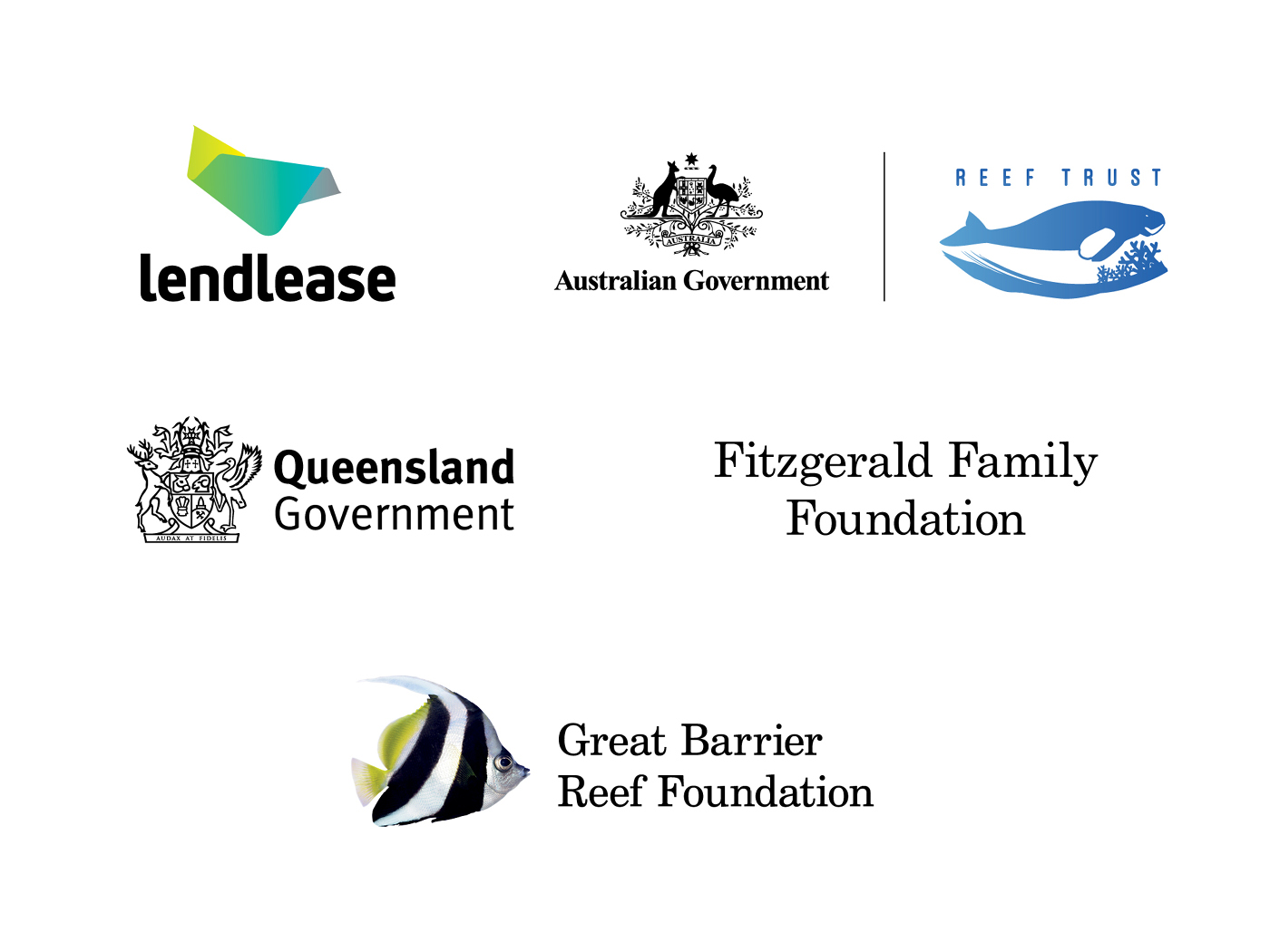
Why manta rays?
Manta rays are somewhat of a scientific mystery. Very little is known about these gentle giants which reduces the ability to protect them.
Sadly, the Reef Manta Ray is listed as Vulnerable to Extinction on the IUCN Red List of Threatened Species. This is due largely to targeted fisheries in parts of their global range, combined with their conservative life history traits.
Project Manta is a highly successful research project that is engaging the general public, scientists and industry in the conservation of manta rays.
Photograph manta rays for research
Project Manta relies heavily on citizen scientists. These are water users who contribute photographs, videos and observations of manta rays to the Project Manta database.
How to get in touch
Contact the Project Manta team to share your observations of manta rays, and follow us on social media to stay up-to-date with project developments.
Meet the team
Project Manta is a collaborative research project made up of academic researchers, students, alumni and other collaborative members.

Reef Manta Rays can make straight-line movements over 1,150 kms, and dive to depths of over 700 m. Feeding on zooplankton, the earth’s most abundant creatures and all-important base of the ocean’s food web.
Project Manta is providing important baseline data to support the long-term conservation of manta rays and their relatives.
Contact us
Upload photos and videos below, follow us on social media, or contact the project team via email, at: projectmanta@usc.edu.au
Thank you to our collaborators

Acknowledgements
Project Manta’s work on Lady Elliot Island is part of the Reef Islands Initiative, a Great Barrier Reef Foundation program, supported by funding from Lendlease, the Department of Climate Change, Energy, the Environment and Water’s Reef Trust, the Department of Environment, Science and Innovation and the Fitzgerald Family Foundation. Our work at Lady Elliot Island is a collaboration with Lady Elliot Island Eco Resort.






